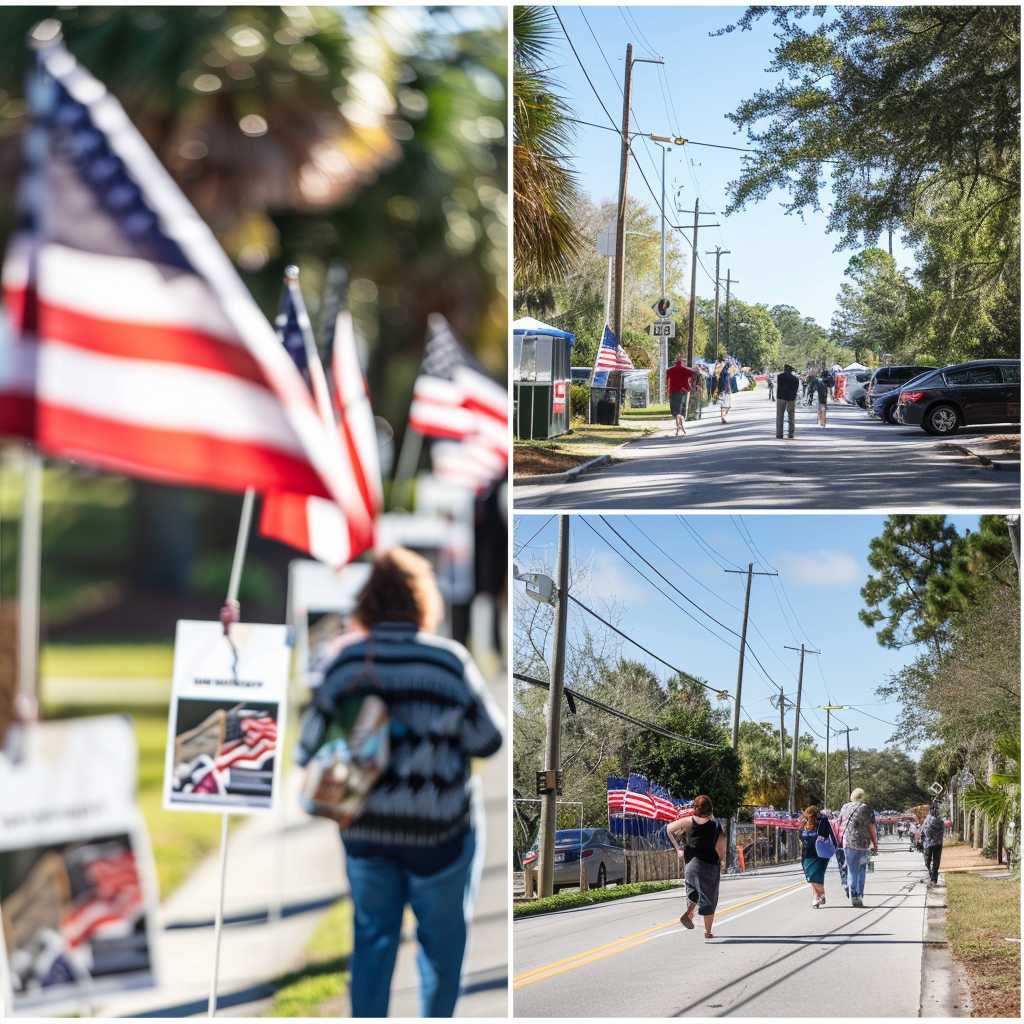Understanding the 2024 Florida Primary: Key Players, Policies, and Implications
The Florida primary of 2024 stands out as a significant event in the American political calendar, serving as a thermometer for the political climate of the United States and as a bellwether for the nation’s electoral trends. It represents a particular interest because Florida is seen as a swing state, with its population being a microcosm of the national electorate. The primary outcomes here could potentially predict the direction of the entire election, given Florida’s substantial number of electoral votes and demographically diverse population.
Florida Primary: An Overview
Florida’s primary is crucial in deciding the presidential nominees for both the Democratic and Republican parties. Unlike some states, Florida runs closed primaries, meaning that only registered members of each political party can vote in their party’s primary. This system purports to ensure that party members have exclusive determination in selecting their candidate but also means independent or non-partisan voters cannot participate without changing affiliation before the deadline.
Florida voters will concurrently engage in super-primary voting, establishing nominees down-ballot from congressional races to local municipal offices. Since the state regularly garners national attention due to its size and competitive nature, candidates spend considerable time reaching out to voters through rallies, town halls, and advertising – which reflects in campaign spending reports.
Significant Issues and Policies Affecting Voters
Florida’s populace is not monolithic, with their motivations and voting inclinations shaped by constituency-specific issues. The economy often tops national and regional concerns, with focus on job creation, taxes, healthcare costs, and social security remaining pivotal. Moreover, environmental policies such as management of Florida’s coastline, handling natural disasters like hurricanes, and addressing America’s response to climate change resonate strongly within the state community.
Another prominent factor is immigration. Given Florida’s geographical location and cultural leanings, positions on immigration can significantly affect voter turnout and preference. Issues regarding Cuba and Venezuela also have cross-cutting political impacts due to the substantial demographic influences.
Political Dynamics Leading to the Primary
The run-up to Florida’s primary includes a dynamic mix of local political maneuvers, endorsements from key figures such as the incumbent President or sitting Governor (depending on party affiliation), and grassroot activism. For undecided voters, televised debates, local media coverage, public endorsements and controversies such as policy gaffes can sway opinions.
Political enthusiasts and analytics keenly observe campaign strategies in different counties within Florida due to its heterogeneity; strategies for Miami-Dade County often differ from those targeting Panhandle voters due to differing demographics and political inclination.
Candidates Gearing Up for the Race
Candidates participating in the primary mirror national figures with potential variations inclusive of local personalities with big aspirations. Often these individuals range from current or former congress members to successful business people and charismatic leaders attempting to transition from state leadership roles to the national stage.
Speaking time on stage during debates can be decisive, especially for lesser-known aspirants seeking break-out moments to surge forwards in polls and increase fundraising. Policy platforms are released progressively with strategic distinctions from contenders designed to attract various segments of society including seniors, veterans, young professionals, minorities, and educators among others.
Implications Beyond the State Borders
For Republican or Democratic hopefuls, winning Florida communicates viability on a much larger scene. Success here propels a candidate into subsequent primaries with a burst of momentum, possibly garnering more supporters from states deliberating closer to or after Florida’s primary date.
The substantial delegate count at stake also makes it a key target that can provide a relatively early decisive lead in the race. With media attention peaking around this period, how candidates manage scrutiny and use this spotlight can influence perceptions nationwide leading up to Super Tuesday.
Given that no candidate has won the presidency without taking Florida since Bill Clinton in 1992 (as of the knowledge cutoff date in 2023), both parties gauge Florida’s voting patterns to regroup and strategize for the general election.
Notes
Image Description :
A collage of candidates’ posters lining a street in Florida with diverse crowds heading into a polling station on a sunny day; American flags are displayed prominently.
A collage of candidates’ posters lining a street in Florida with diverse crowds heading into a polling station on a sunny day; American flags are displayed prominently.
